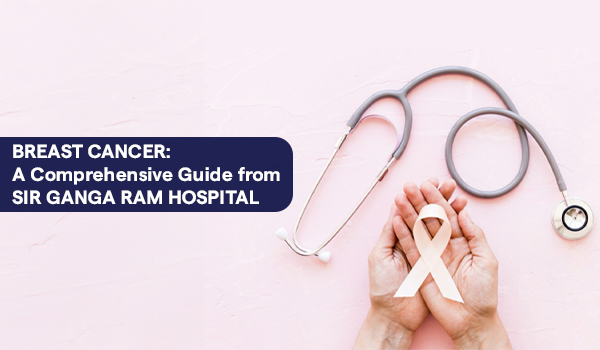
Understanding Cancer Symptoms
The early detection of cancer is important for successful treatment results. Therefore, it is of utmost importance to familiarize you with the common symptoms that may indicate the presence of this disease. These symptoms include:
Identifying Risk Factors for Cancer
Although the precise cause of cancer remains uncertain, several factors can significantly heighten an individual's risk.
These factors include:
Gender and Age: Women face a staggering 100 times higher likelihood of developing cancer than men. Furthermore, the risk escalates with age, particularly after age 55.
Family History and Genetics: Individuals with a family history of cancer or specific genetic mutations are at a heightened risk of developing the disease.
Lifestyle Factors: Certain lifestyle choices can also increase cancer risk. Obesity and excessive alcohol consumption have been linked to a higher likelihood of developing the disease.
Radiation Exposure: High-dose radiation, particularly in the chest area, can significantly elevate an individual's cancer risk.
Individuals can take proactive steps to minimize their chances of developing cancer by understanding and acknowledging these risk factors. It is crucial to adopt a healthy lifestyle, maintain a balanced weight, limit alcohol consumption, and avoid unnecessary exposure to high-dose radiation. Additionally, individuals with a family history of cancer or specific genetic mutations should consult healthcare professionals to assess their risk and explore potential preventive measures.
Diagnosing Breast Cancer
Breast cancer diagnosis involves various methods, including:
Clinical Breast Examination: A healthcare professional's physical examination of the breasts.
Mammography: An X-ray imaging of the breasts to detect abnormalities.
Ultrasound: An imaging technique using sound waves to create detailed images of the breast tissue.
MRI: Magnetic resonance imaging provides clear images of the breast tissue.
If a suspicious area is detected, a biopsy is performed to confirm the presence of cancer cells. Biopsy types include fine-needle aspiration, core needle biopsy, and surgical biopsy. Further tests may be conducted to determine the cancer stage and extent of treatment planning.
Exploring Breast Cancer Treatment Options
Treatment for breast cancer depends on various factors, including the type, stage, and extent of the cancer. Common treatment options include:
Surgery: Surgical removal of the tumor through lumpectomy (removing the tumor and a small margin of surrounding tissue) or mastectomy (removing the entire breast).
Radiotherapy: Using high-energy radiation to kill cancer cells or prevent their growth. It's typically administered after surgery to eliminate any remaining cancer cells.
Chemotherapy: Using powerful drugs to kill cancer cells or prevent their growth. Chemotherapy is usually given every 1-3 weeks as intravenous infusions.
Endocrine Therapy: Medications that block estrogen's effects or lower estrogen levels in the body are often used for hormone receptor-positive breast cancer to slow cell growth.
Targeted Therapy: Drugs specifically targeting certain characteristics or genetic mutations in breast cancer cells, such as HER2-targeted therapies for HER2-positive breast cancer.
Immunotherapy: Treatment that activates the immune system to recognize and attack cancer cells.
POSSIBLE SIDE EFFECTS OF BREAST CANCER TREATMENT
Breast cancer treatments can have various side effects, which may vary depending on the individual and the type of treatment. Common side effects of Breast cancer treatments include:
Surgery: Lymphedema, characterized by swelling in the arm, hand, or chest on the side of surgery, can occur if lymph nodes are removed or damaged. Physical therapy, compression garments, and self-care techniques can help manage lymphoedema.
Radiotherapy: Fatigue, skin irritation, aches, and swelling in the treated Breast are common side effects. Consult your Doctor about any symptoms; they can provide remedies, such as creams or dressings for skin irritation.
Chemotherapy: Nausea, vomiting, hair loss, fatigue, weakened immune system, decreased blood cell counts, mouth sores, changes in appetite, nerve damage, and potential fertility issues are possible side effects.
At Sir Ganga Ram Hospital the best radiation oncology hospital in India, we understand that diagnosis of breast cancer in the Initial stage is an important aspect. Our team of compassionate and experienced healthcare professionals is committed to providing comprehensive care throughout your treatment journey.
We'll closely monitor your progress, address concerns, and help you manage possible side effects.
We'll provide medications, self-care recommendations, and other interventions to minimize the impact of these side effects and ensure your well-being.
Take the first step toward personalized BREAST CANCER CARE. To know more, book an appointment today.